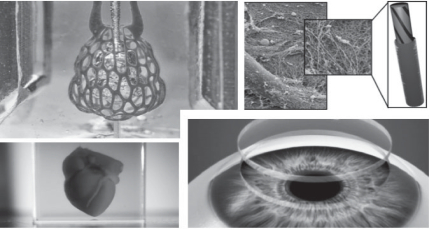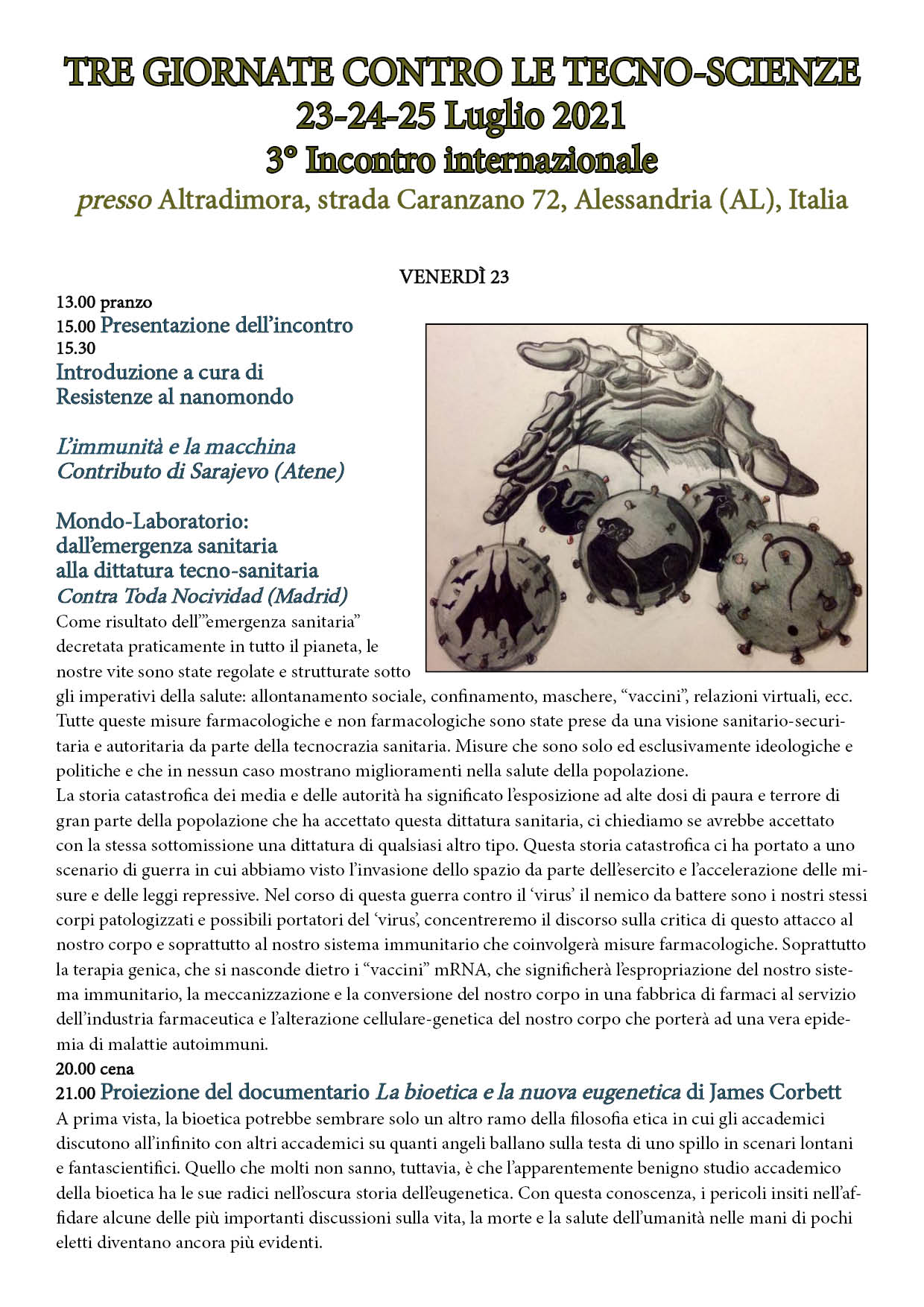Telephone presentation about 325 #12 – ‘Against the Fourth and Fifth Industrial Revolutions’ by a comrade from the 325 Collective at the event (https://athens.indymedia.org/event/84890/ ) held at the libertarian hangout Pikrodafni in support of the Solidarity Fund for Prisoners’ & Persecuted Fighters.
I want to start off by saying that I regret not being there in person, to see the faces of the comrades in attendance today because we are increasingly existing in a reality that is being dominated more by the screen and devices that have become artificial substitutes for what is real, the human face to face communication, something really lacking in the present we are in. So maybe one day we will see each others faces, our expressions of complicity, exchange some conspiratorial words. We are living in times now where ‘the movements’, well the remnants of I would call it, are struggling to find a new energy, a new path, a new trajectory through these times of pandemic, the blatant repression and control inflicted on us all, not just ‘the movements.’ This is why I am speaking to you now, as a comrade with deep concern about what is coming across the horizon at us faster than it has before, to build connection internationally, to spread ideas that can transform into action, because we are anarchists, not philosophers, academics, leftists or activists, we are those who do not see a separation between ideas and action, transforming our everyday into the attack.
The 325 project with its publications since 2004 was born from a DIY ethos, with insurrection, crime, autonomy, anti-prison and anti-psychiatry themes evolving into an ‘insurgent zine of social war & anarchy’ in later issues. From the outset there has been an increasing concentration on an international perspective, but especially with the development of technology, the destruction, death and control it inflicts.
Recently in the last 3 issues, #10, #11 & the recent issue this presentation focuses on, Issue #12, have come to concentrate on an anti-technology perspective, even given name to such an accelerating shift within the state, capitalism and the technological-industrial system, as the 4th & 5th Industrial Revolutions and within it the threat of the Technological Singularity.
The recent issue of 325, is a coming together of international anarchist individuals and collectives concentrating on the similar theme, analysis of the new realities that are the 4th & 5th Industrial Revolutions. A definition I feel is required here for both. The 4th Industrial Revolution (also known Industry 4.0) is the ongoing automation of traditional manufacturing and industrial practices, using modern smart technology. Large-scale machine-to-machine communication and the internet of things (IoT) are integrated for increased automation, improved communication and self-monitoring, and production of smart machines that can analyze and diagnose issues without the need for human intervention. This will mostly marked by the breakthrough of emerging technologies such as robotics, artificial intelligence, nanotechnology, quantum computing, biotechnology, the internet of things, the industrial internet of things, decentralized consensus, cashless society, cryptocurrencies, fifth-generation wireless technologies (5G), 3D printing, and fully autonomous vehicles. All of these as most of you are probably aware are already permeating through our present society, which shows the 4IR is already under way. Continue reading “Athens, Greece: A presentation from 325 for the event at the Libertarian Hangout of Pikrodafni EN/GR”



